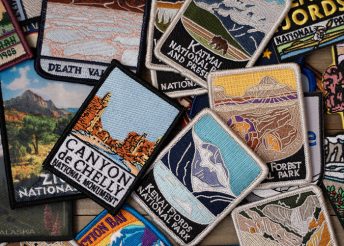Brand Ambassador Campaigns: Identify Incentives
In late March, shoe retailer Cole Haan received an unpleasant surprise: a letter from the Federal Trade Commission about its #WanderingSole Pinterest contest. Cole Haan had been offering customers the opportunity to win $1,000 if they submitted photos of themselves wandering in Cole Haan shoes with the #WanderingSole hashtag. The FTC stated that the photos constituted an endorsement since entrants were incentivized to submit through the financial reward potentially offered to them. Therefore, identifying the content as sponsored or advertised was necessary.
Cole Haan ultimately was not fined, but this incident demonstrates the compliance issues that brands can face when trying to use social media to create buzz and publish UGC on brand sites to drive conversions and revenue. FTC guidelines can prove challenging, and you must know how to navigate them. How can you avoid such issues in your brand ambassador campaigns? Read on for a detailed explanation.
What is required to be compliant in brand ambassador campaigns?
There are two types of campaigns you can run in your brand ambassador programs: incentivized and non-incentivized. Incentivized campaigns involve the ambassador receiving a gift, product, reward, or opportunity to win a prize. Content in incentivized campaigns arises from something promised to the ambassadors.
As the Cole Haan example demonstrates, content that comes through incentivized campaigns must include a disclosure of its incentivized nature.
How can my brand stay compliant?
- Figure out how your brand ambassadors should disclose the incentivized nature of a campaign. Use a hashtag that tells anyone reading the post that an incentive is involved. The hashtag can be anything (e.g. #SPONSORED, #AMBASSADOR, #PAID), but it must clearly convey that the ambassadors have received an incentive for their efforts.
- Train ambassadors to include your required hashtags in any posts they make for incentivized campaigns.
- Monitor ambassadors to ensure they are using the hashtags in accordance with your directions. Avoid using the content without the required hashtags in your marketing. If you want to use content for an incentivized campaign that does not include the required hashtags, instruct your ambassador to take it down and re-submit with hashtags.
- Make a campaign rule that use of the campaign hashtag is necessary to receive the incentive.
How should brand ambassadors be trained on these issues?
During onboarding, ambassadors should be trained on how to post for incentivized and non-incentivized campaigns and reminded that their posts should represent their authentic feelings. For every campaign after the initial training, ambassadors need to be reminded of incentivized campaign-specific hashtags. They should also be reminded of hashtag usage if they don’t follow the rules. Ambassadors who continually violate hashtag usage requirements may be dropped from the program.
For guidance on every stage of creating and maintaining a successful brand ambassador program, check out The Savvy Brand’s Ebook to a Successful Brand Ambassador Program.
For more information on navigating compliance issues when leveraging UGC, check out our guide, The Savvy Brand’s Guide to Legal Risk in Content Marketing.





